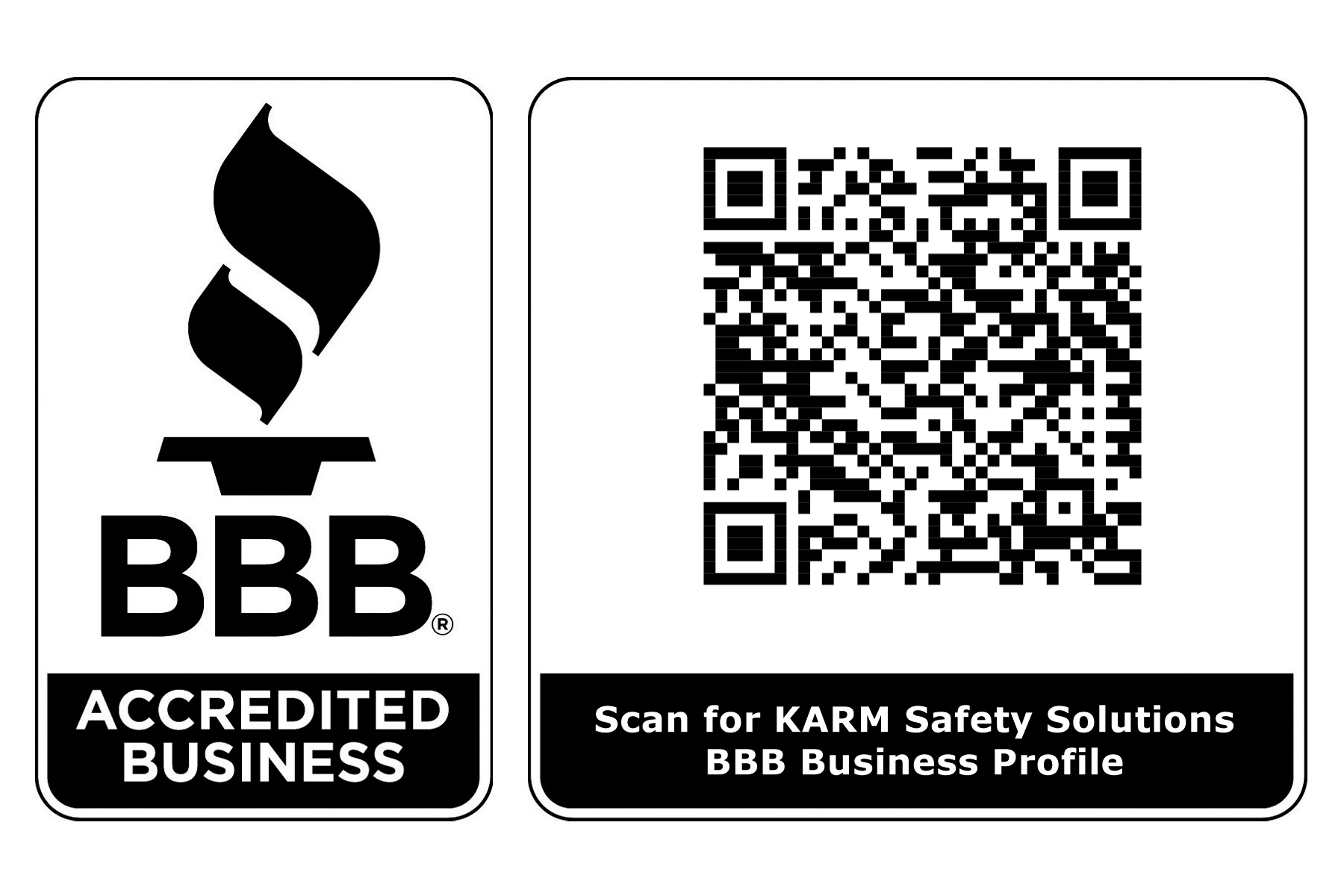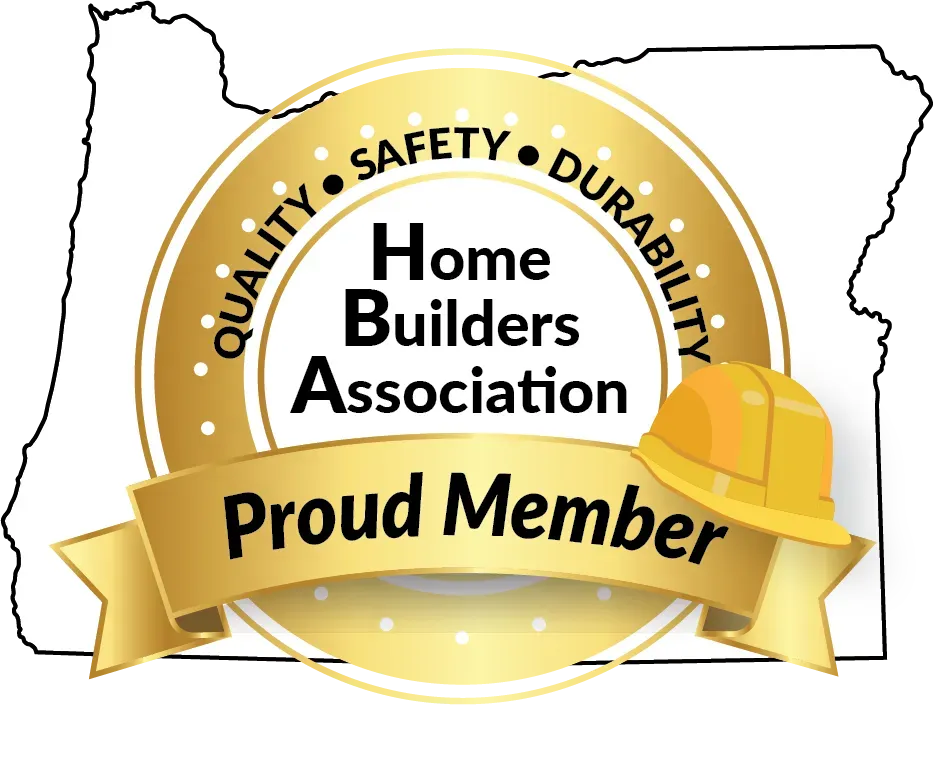One Flag, One Responsibility: Get Certified with Trusted Construction Flagger Training
Traffic management is a crucial aspect of any construction project. Effective flagging ensures that workers remain safe and that traffic continues to flow without accidents. If you're looking to take on this responsibility, construction flagger training is the first step toward making sure you're prepared for the job. By completing this training, you gain the skills necessary to manage traffic in construction zones safely, ensuring that both the workers and the drivers are well-protected.
Why Flagging is More Than Just Waving a Sign?
Flagging may seem like a simple job, but it is one that requires precision, awareness, and knowledge. When you are the one controlling traffic flow through a construction zone, your decisions directly impact the safety of everyone around you. A flagger’s responsibility goes beyond just signaling drivers; it’s about keeping order in a potentially hazardous area, preventing accidents, and ensuring that traffic moves smoothly around the construction site.
By getting certified in construction flagger training, you are preparing yourself for these important tasks. The course covers everything from the basic flagging procedures to understanding traffic control regulations that apply to your state. The skills gained will not only help you manage the site effectively but also reduce the risk of accidents, ensuring that the job is done right.
What You’ll Learn in Flagging Training?
Flagging training teaches participants the necessary skills to manage traffic safely and professionally in construction zones. This includes:
- Flagging Techniques: Mastering the use of flags and hand signals to communicate with drivers.
- State Regulations and OSHA Standards: Understanding the local rules and federal safety regulations regarding traffic control.
- Hazard Recognition: Identifying potential risks on the road and understanding how to address them quickly and effectively.
- Work Zone Setup: Learning how to establish a safe work zone that minimizes the risk of accidents.
- Effective Communication: Knowing how to communicate with both drivers and workers to maintain clear directions and keep things moving.
This comprehensive training will ensure that you are fully equipped to handle any traffic-related challenges on the job site.
Why Certification Matters?
State laws require construction flaggers to be trained and certified. The construction flagger training course not only helps you meet these legal requirements but also builds confidence in your ability to manage complex traffic situations. Upon successful completion of the training, you will receive a flagger certification card, which validates your skills and allows you to work legally in Oregon, Washington, Idaho, and Montana.
The certification also serves as a mark of credibility, showing that you’ve received proper training and are competent in maintaining safe traffic conditions in construction zones. This certification is recognized by employers and is often required for flagging jobs across various construction projects.
The Value of Live, Instructor-Led Training
The best way to learn is through interaction, and that’s exactly what you’ll get in this flagger training course. Live, instructor-led sessions allow you to ask questions, participate in discussions, and clarify any doubts in real time. This format ensures that the content is not only delivered effectively but also tailored to address specific concerns or challenges you might face on the job.
Before the course begins, you’ll receive all the necessary training materials, allowing you to familiarize yourself with the concepts beforehand. A passing score of 80% is required to earn your certification, ensuring that only qualified individuals are taking on this important responsibility.
What Sets This Training Apart?
This flagger training course meets all state and federal regulations and is designed to give you the most practical knowledge in a short amount of time. Whether you’re new to the flagging industry or looking to renew your certification, this course provides the tools you need to succeed. The live training format ensures that you're not just going through the motions; you're getting the hands-on experience you need to feel confident on the job.
Final Thoughts:
Now is the time to take charge of your safety and the safety of others around you. Flagger training course certification is your first step in becoming a professional traffic controller, ready to handle any situation that may arise on the job site. If you want to be trained by experts who offer practical, hands-on learning, KARM Safety Solutions is here to help. We offer certified flagger training that complies with all state and federal requirements, helping you succeed on any construction site. Take the step today to get your certification and enhance your skills with KARM Safety Solutions.
Ready to get certified? Reach out to KARM Safety Solutions today and begin your flagging career with the training you can trust.













